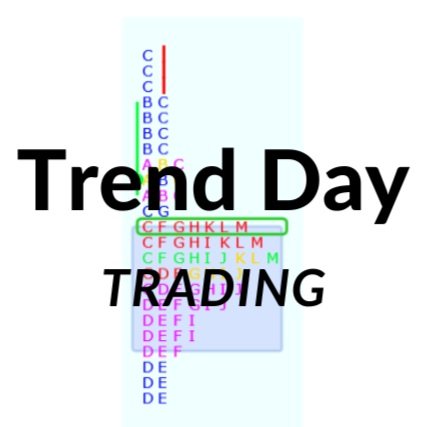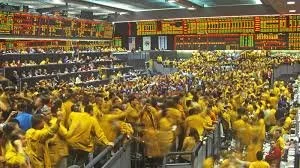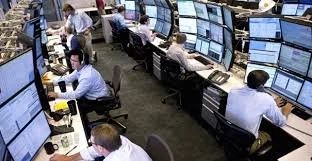Prop Trading: old school groups vs new school firms
Prop trading has taken many forms over the years. When I first started trading in the late 90s, there were already many prop firms operating with floor traders. These prop shops would pay the expensive membership application fee and guarantee your financial solvency. Back then the barriers to entry were much higher. In order to become a “local” which is a trader that operates their own account and doesn’t execute on behalf of others, you had to pony up $3000 just to apply to be a member, then guarantee the account with a $50,000 T-bill or letter of credit from a bank. Then you need your trading capital.. It was a lot of money for most people. If you got a prop firm to do this for you, you traded a “house” account and youkicked up 50% or more of your profits to the firm. I did this for a few years before breaking out on my own. It was the best way to get started without having a lot of personal capital.
The onset of electronic trading and its quick rise in market share created a new market for prop trading. Firms could easily get dozens or even hundreds of traders set up on CME Globex or Eurex or often times both. Electronic trading quickly took over and prop trading was huge in the 2000s. The volume of contracts traded has only gone up since then but the number of successful traders has gone down. The proliferation of automated trading has made point and click scalpers more rare today. Reported percentage of algorithmic trading varies, but I’ve seen mostly figures around 65% of all volume, which is a tremendous amount. Thats not to say that risk taking individual trading is dead, far from it. There will always be a place for self directed trading.
In fact, the barriers to entry now are lower than ever. Many retail firms will let you trade E-minis with as little as a couple thousand dollars and there are dozens of new-age “prop” firms. These new prop firms collect a monthly fee to let you trade a simulated account. If you make a certain amount you move on to a simulated account where they will pay you out in real money with the ultimate goal being an actual funded account live in the actual market. I thinkthe percentage of people who make it all the way to payout is probably pretty low. I doubt they want you to know the real number. Trading is hard and making money consistently takes practice, discipline, information and persistence. A lot of people don’t think these new prop firms are legitimate but I think at least the popular ones will pay out if you follow the rules. They aren’t claiming anything false. It’s just really hard to do it. But people can and do make money with these firms. I imagine they probably make enough to go on their own and then do that but its not a bad place to start. You get to learn trading and practice your own style. If it doesnt work out, you have to pay for another account but its way cheaper than real trading. When people start with a live account they often lose most or all of their capital at least once before figuring out a strategy that works. With the new prop model you can get all of your practice and trial and error out for less that $100 a month. And if you figure something out you just might make some money and a strategy that you can take to your own personally funded account. If you are one of the many traders in Evaluation accounts and you keep blowing out, don’t despair, it’s very common. Keep trying to perfect your strategy and build your knowledge and experience. Eventually, you could be a profitable independant trader, working with your own money.
I think this site gives a lot of good information for prop traders of all kinds, whether you are a large market maker at a highly capitalized proprietary trading firm or a evaluation level new style prop trader. Looking at the market through the lense of Market Profile and volume analysis is timeless and powerful. When you learn it, seeing levels and discerning supply and demand becomes easier. With increased success comes increased confidence, which is invaluable in short term trading. Every trader has their own strategy and style but traders who utilize Market Profile have been successful through all the changes in the market landscape. Try to learn it and see how it benefits your trading account.
CME trading floor in the 90s
Modern prop trading setup. Nine monitors is a little bit of overkill.



